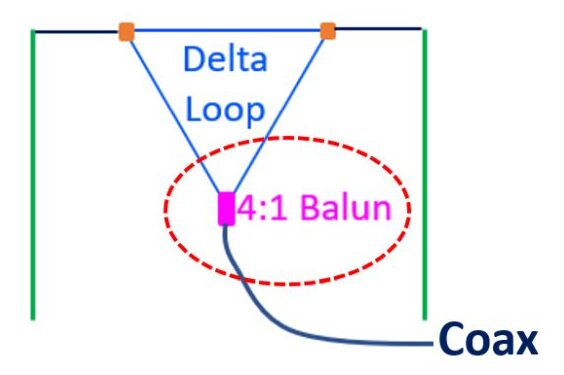What is Balun in Amateur Radio?
What is Balun in Amateur Radio?
Balun stands for balanced line to unbalanced line. It is typically connected between a balanced antenna and an unbalanced feeder coaxial cable. Balun is a type of transformer. A 1:1 balun will connect to a 50 Ohms unbalanced line and present a balanced output at 50 Ohms. Often a 4:1 balun is there in an antenna tuner to convert the feeder line impedance to a range which the tuner can handle. In the yester years a common use of balun was at the television end of the feeder line from the external antenna to match feeder impedance to that of the television set.

There are current baluns and voltage baluns, of which current baluns are typically used in antenna connections. Balun can take the form of a classical transformer with primary and secondary windings or an autotransformer with a single tapped winding. Another option is to use an RF choke as a balun. This can be done by coiling a few turns of the coax at the antenna feed point. Coax can also be wound on a ferrite toroid to act as an RF choke. Aim is to prevent the RF from travelling along the outer sleeve conductor of the coax.